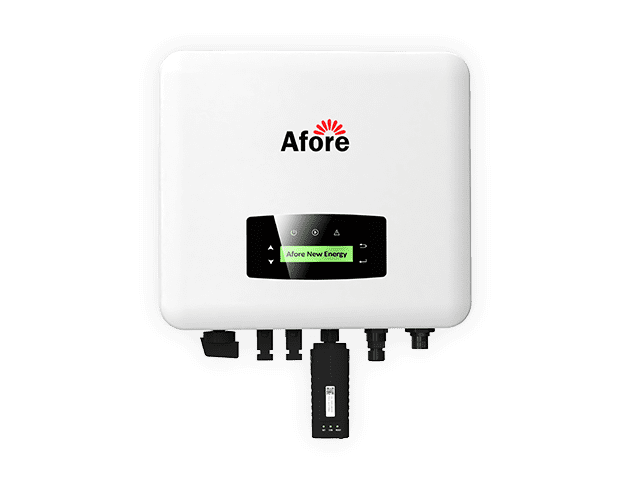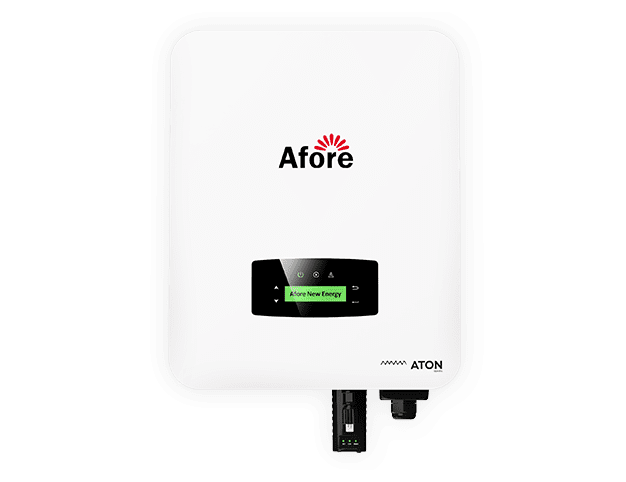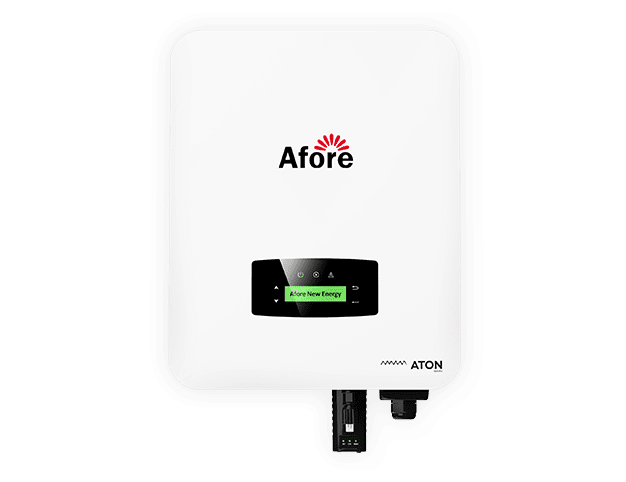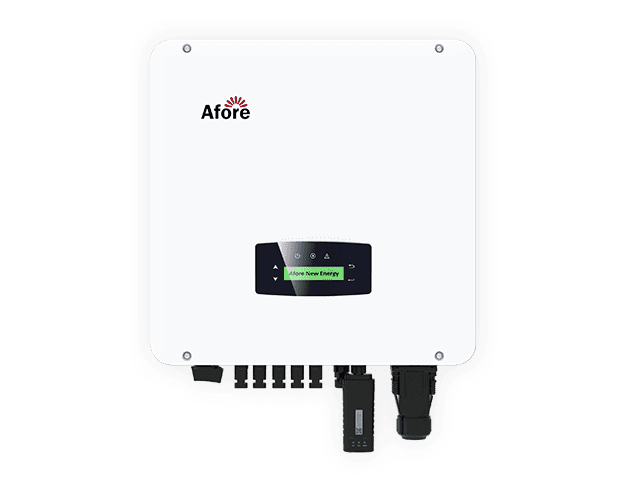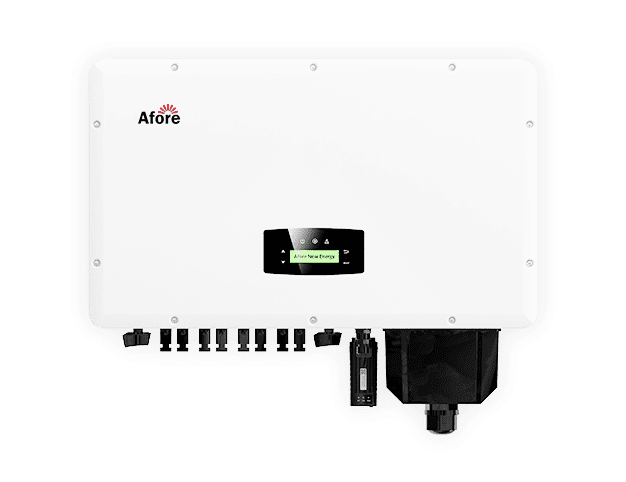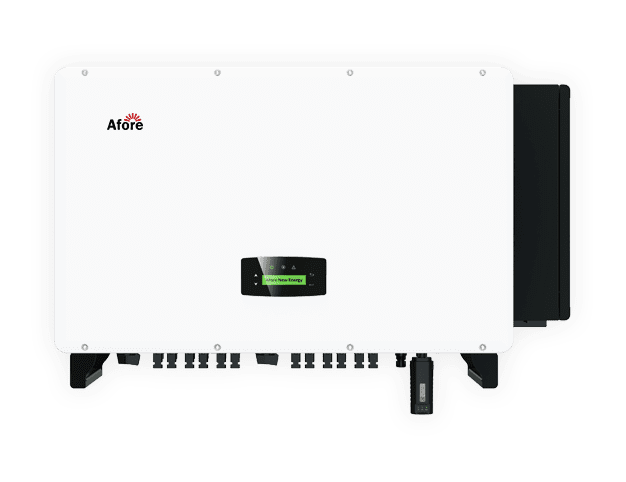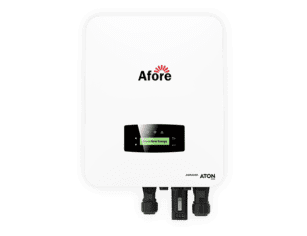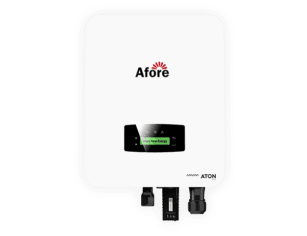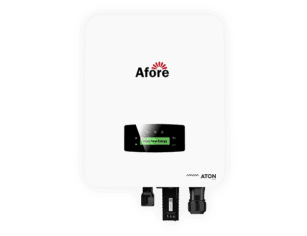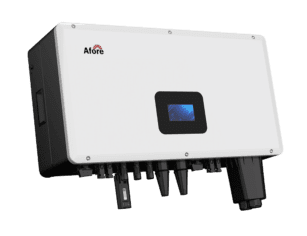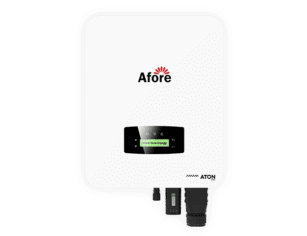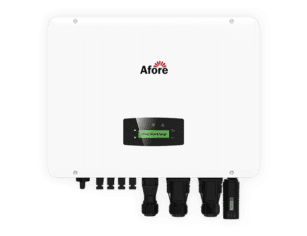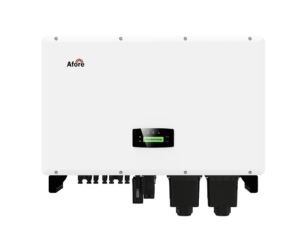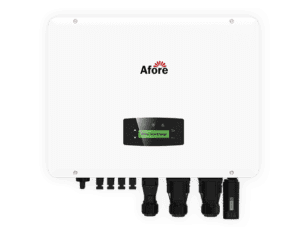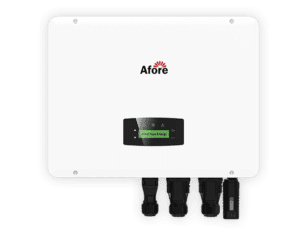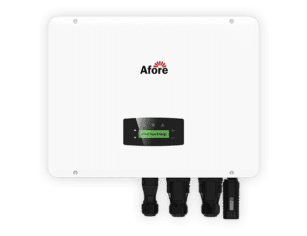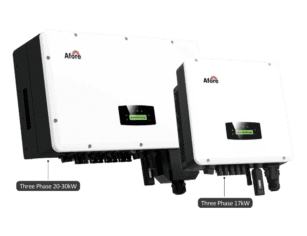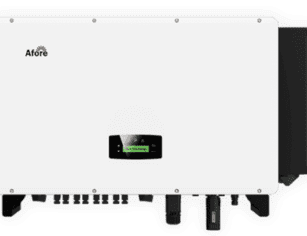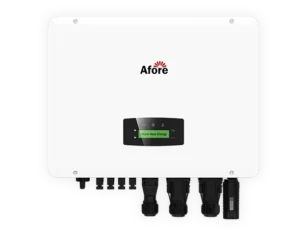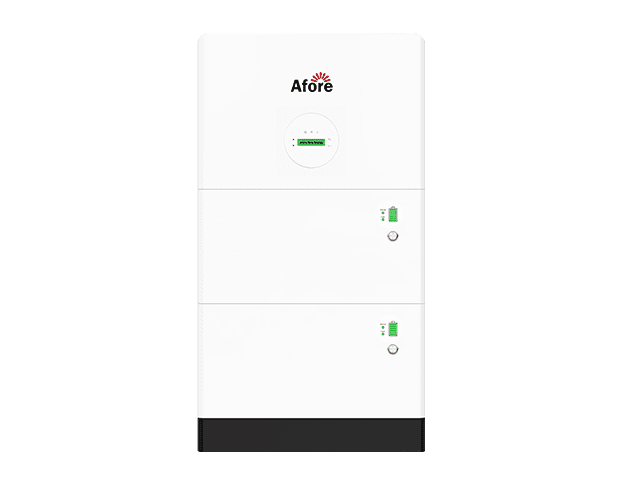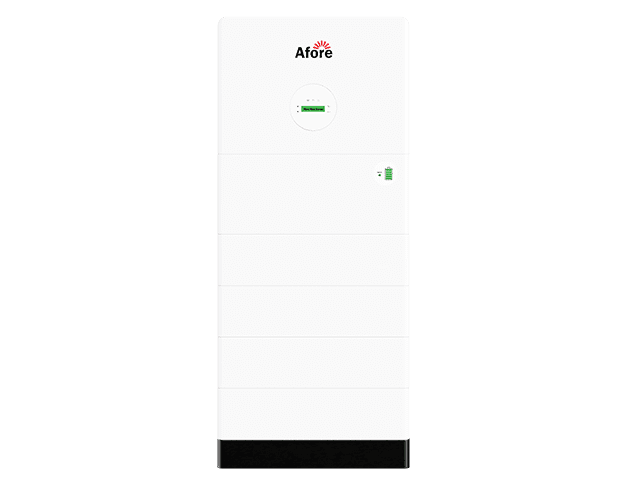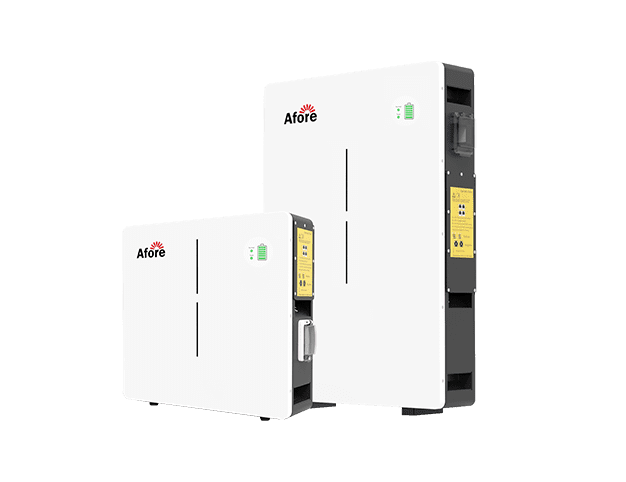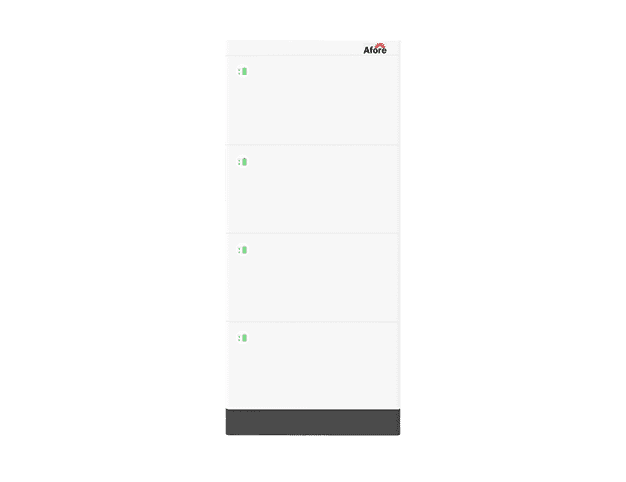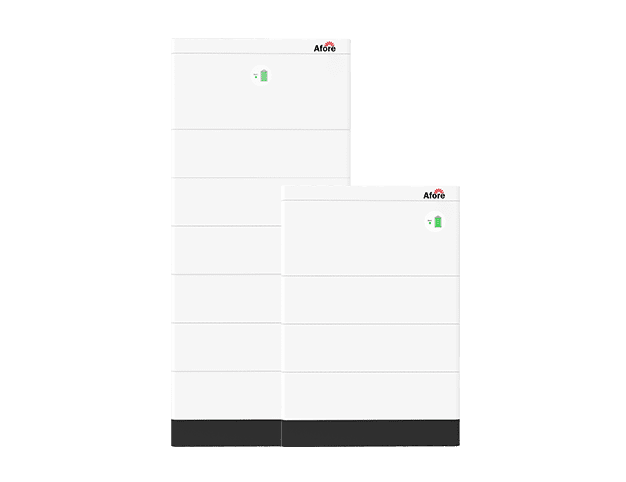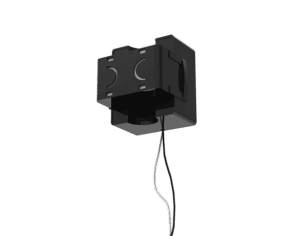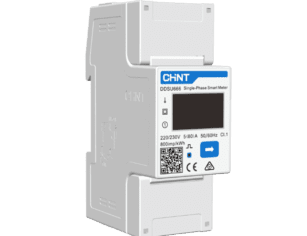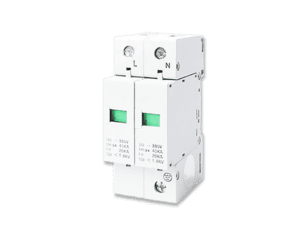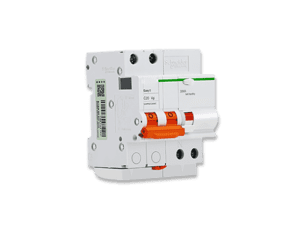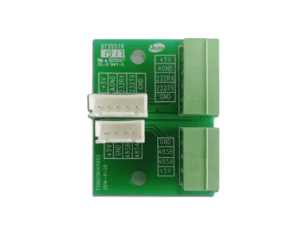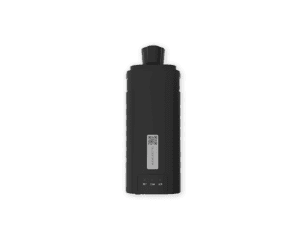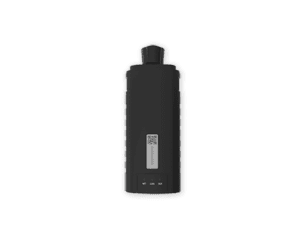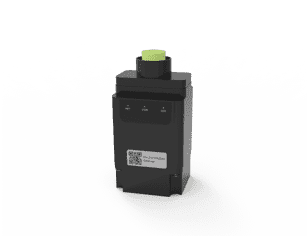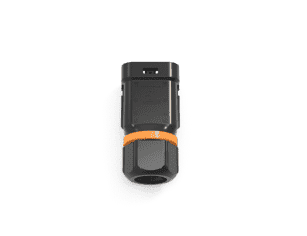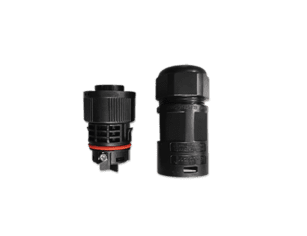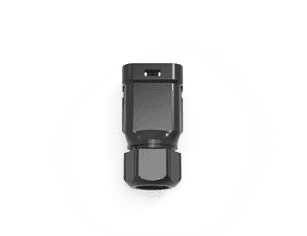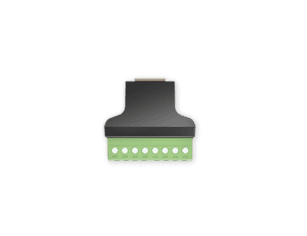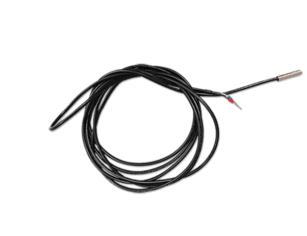Sistema di backup della batteria domestica: Una guida per gli appassionati del fai da te

Indice dei contenuti
In today’s world, having a reliable home energy solution is more important than ever. Power outages are common, and we all want energy independence; a sistema di backup a batteria per la casa offers both reassurance and sustainability.
Creating your setup goes beyond just cost savings; it is about embracing the fulfilling journey of self-reliance and being ready for unexpected situations ahead of time. We will delve into the advantages and concrete actions needed to establish an optimal sistema di backup a batteria per la casa tailored to your needs.
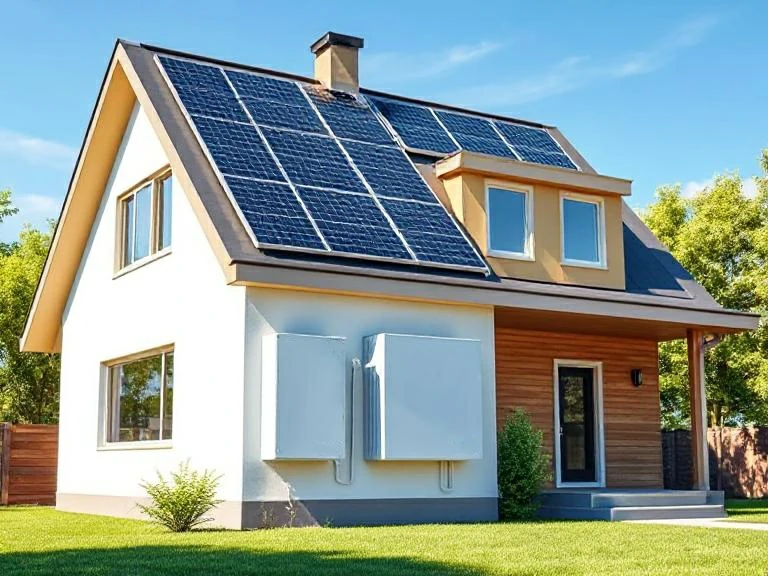
What is a Home Battery Backup System?
A sistema di backup a batteria per la casa is like a safety net for when the power goes out. It acts as our emergency power supply, giving us electricity when we need it most. It stores power from solar panels or the grid and uses it when we need it.
Definizione e funzione
During times of power outages or high demand for electricity a sistema di backup a batteria per la casa is created to ensure a power supply by storing electricity from renewable sources or the main grid in batteries. The stored energy is readily available for use whenever required enabling us to have access, to power.
Today’s battery backup for the home not only offers security but also contribute to reducing our energy costs by storing electricity during, off peak hours and utilizing it during peak demand periods.
Benefits of a Home Battery Backup System
Avere un sistema di backup a batteria per la casa offers advantages as it provides us with a sense of security by ensuring we have electricity during blackouts and also increases the self-sufficiency of our households, from the conventional power network.
Over time battery backup for the home solutions can help us save an amount, on our energy expenses by efficiently managing stored electricity resulting in reduced costs; it’s a wise choice to consider investing in residential energy storage for the future of our homes.
Why Consider a DIY Home Battery Backup?
Building a sistema di backup a batteria per la casa by yourself is appealing for many reasons; it’s cost-effective and lets you tailor the system to your needs. Let’s explore the benefits of DIY battery backup for the home.
Cost Savings and Affordability
One big plus of a DIY battery backup for the home is saving money. Professional installation can be expensive, adding to the total cost. By doing it yourself, you can find cost-effective energy storage that fits your budget.
Personalization and Customization
DIY battery backup for the home are able to let you customize, your system in ways that pre-made ones can’t. You can pick parts that fit your energy needs; whether for solar power or, essential appliances, the options are various.
Brands, like AFORE provide a variety of components for a system that’s just right for your home.
Educational Experience and Skill Building
Building a DIY home battery backup is more than a project. It’s a chance to learn about electrical systems, energy management, and sustainability; this hands-on experience is rewarding and builds skills for future projects.
Opting for a DIY battery backup for the home allows you to save some cash while tailoring it to your preferences making it a solid option for individuals, on gaining knowledge and enhancing their residential energy solutions.
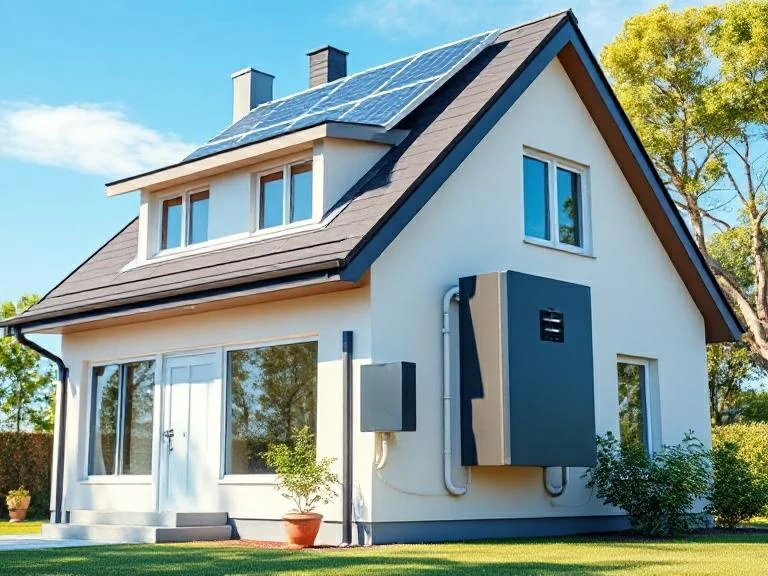
Components Needed for a DIY Battery Backup
Understanding the components of a DIY home energy storage setup is crucial as each plays a vital role, in effectively managing and storing power at home. Let’s explore the elements required for this purpose.
Batteries
Batteries are the core of any sistema di backup a batteria per la casa; they hold the energy for later use. When picking batteries, think about their capacity, lifespan, and type (like lithium-ion or lead-acid) to meet your needs.
Inverter
Inverters for power management are key. They change the stored energy from DC to AC, which your appliances can use. A good inverter makes sure the power switch is smooth and steady.
Charge Controllers
Charge controllers for battery safety control the voltage and current to the batteries. They stop overcharging and deep discharge. This helps your batteries last longer and keeps your system safe.
Additional Components
There are more parts needed for your setup. Wiring and safety fuses are key for safe electrical connections. Monitors and meters help track energy use and battery health; they make sure your system works its best.
Step-by-Step Guide to Building a DIY Home Battery Backup
Creating your sistema di backup a batteria per la casa independently may appear challenging at the beginning; however, it’s definitely achievable with the correct guidance available, to you! We will guide you through every stage of the process, starting from determining your power requirements to setting it up in your home environment.
Assessing Power Needs
First, we need to figure out how much power our homes need. We want our solar battery backup to keep our important devices running when the power goes out. Make a list of devices you want to keep on and add up their wattage.
Selecting the Right Batteries
Choosing the right batteries is very important for a good residential battery backup. Look at capacity, voltage, and how many times they can be charged; therefore, make sure the batteries fit your home setup.
Designing the Wiring and Circuit Setup
Improvements in wiring and circuitry are very important and are directly related to the safety and performance of our configurations. Take this opportunity to plan the placement of components and equipment. When choosing wires and circuit breakers, you must pick the ones that can carry the load, so that there will be no overheating and other problems, and the heart is also solid.
Installing the Inverter and Charge Controller
The inverter changes DC power from the batteries to AC power for home use. The charge controller manages the battery’s charge. Follow the manufacturer’s guide to install these parts. Doing it right makes your backup system work well and safely.
DIY vs Professional Installation
Decide to do it yourself home energy project, or to find professionals to install, this thing is really quite people torn, after all, both have their own merits, mainly depends on your professional ability and practical needs. Let’s mull over what to consider.
When Should You Opt for Professional Help?
Investing in a home energy system is the best option for you if you are not too familiar with the technology or want reassurance! When your project becomes complex or involves a large number of tasks, you may end up needing the intervention of a professional in order to handle it efficiently and accurately. Besides, those experienced specialists can be awesome, and they can help you keep an eye on your system to be completely compliant with all the local regulations and standards that must be adhered to, so that you can have complete peace of mind.

AFORE provides you with various home energy solutions tailored specifically for residential use, including Inverter monofase e Inverter solare ibrido; These options are perfect, for your home. They are highly recommended for their ability to promote an eco-friendly and sustainable way of life effectively. If you adopt them now you can enhance the energy efficiency and environmental consciousness of your living area.
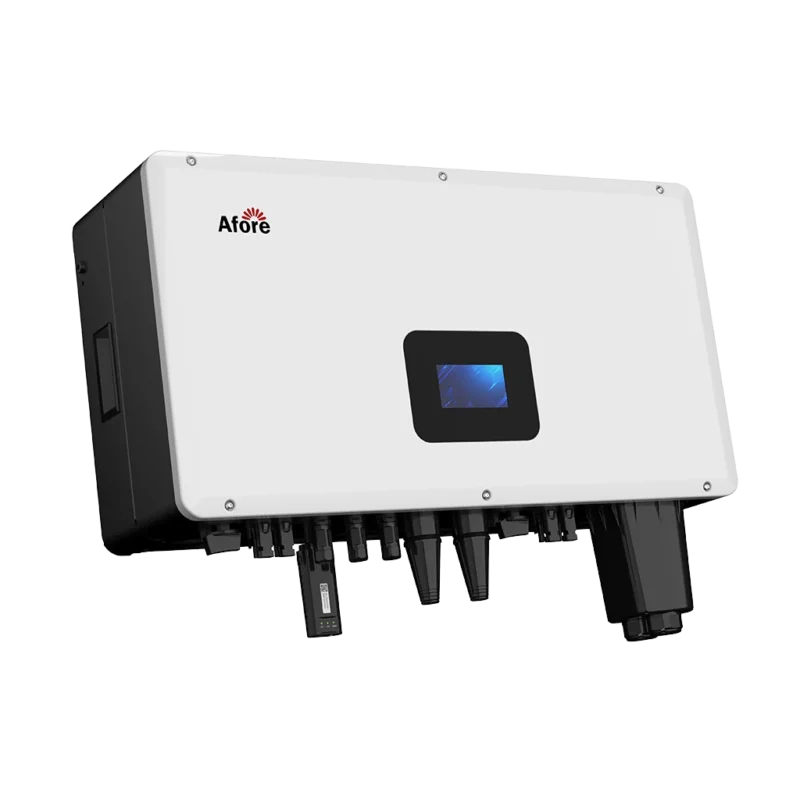
Pros and Cons of DIY Home Battery Backup
Engaging in DIY home battery backup system can be rewarding yet demanding on account of the obstacles that come along with it. It allows for cost savings and customization to suit your requirements; however, the process requires a significant investment of time and hard work. There is also the downside of errors occurring or risking the nullification of warranties.
Popular DIY Home Battery Backup Configurations
Choosing the right DIY battery backup setup is key; it affects, how well and reliably your system works. Let’s look at some top picks that fans are choosing.
Solar-Powered Battery Backup
A solar power backup solution is great for using green energy. It pairs solar panels with your battery system. This way, you can save energy made during the day for later use. This setup is good for the planet and can cut down your electricity bills.
Hybrid Systems
If you’re looking for a solution for your energy needs at home, consider hybrid residential energy storage systems that combine solar power with electricity, from the grid or wind sources to keep your household powered up consistently regardless of the energy source used.
Whole-Home Vs Partial Backup
It is very important to decide between whole-home and partial backup systems. Whole-home systems power your whole house. Partial backups focus on key appliances and circuits. This choice depends on your energy needs and budget.
Portable vs Fixed Systems
Let’s talk about how portable home energy systems are different from stationary energy systems. Portable systems are really super flexible and convenient! Their ability to move places with ease makes them suitable for temporary needs or responding to emergencies.
The fixed systems, on the other hand, are relatively large and stay firmly in place. They are the energy generals of your home, providing comprehensive and powerful energy support, so that your home is full of energy, do not have to worry.
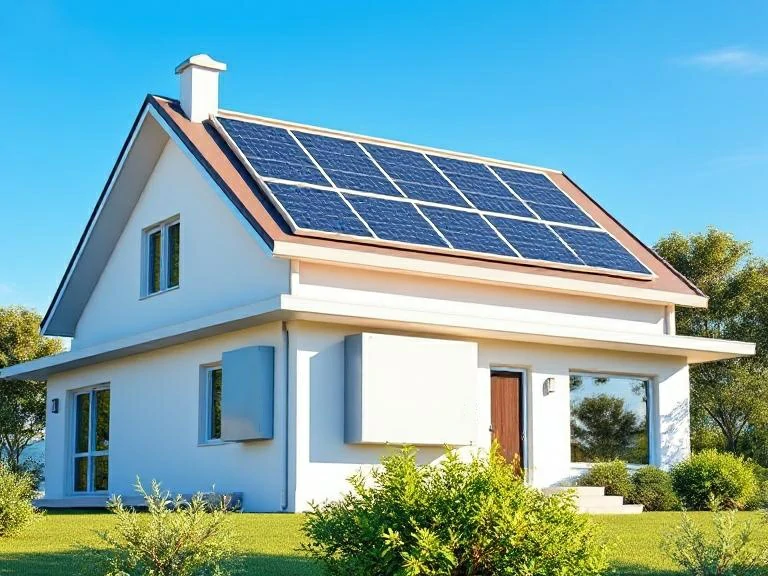
Safety Tips for DIY Battery Backup Systems
Keeping your DIY battery backup system safe is very important. We will share key safety tips and best practices. These will help you have a safe energy storage installation and keep your battery backup safe.
Electrical Safety
Working with electrical parts needs a lot of care. Always switch off the main power before starting; use insulated tools and wear rubber gloves to avoid electric shock.
Be sure to tighten all connections and ensure that wires are properly, insulated to prevent short circuits from occurring; it is very important to keep in mind that proper maintenance of emergency power systems can effectively mitigate electrical hazards and prevent accidents in the long run.
Fire Hazards and Battery Safety
Batteries can be very dangerous if not handled right. Don’t put batteries near things that can catch fire and make sure there’s good air flow to stop overheating. Check and replace any damaged or old batteries often. This will help keep your battery backup safe.
Maintenance and Monitoring
Regular upkeep and inspections are crucial for ensuring your system functions; establish a schedule for assessing the status of all components such as monitoring battery levels, examining the functionality of the inverter and inspecting the wiring.
It’s important to maintain a maintenance log and schedule inspections to catch issues early on and ensure the emergency power system is in good shape, for a dependable and secure DIY battery backup setup.
Following these safety tips will help you create a DIY battery backup system. It will meet your energy needs and ensure a safe energy storage installation process. This will protect your home and loved ones.
Cost Analysis: Is a DIY Home Battery Backup Worth It?
Looking at the cost of a DIY battery backup system, we see upfront costs and long-term savings; these costs change based on the equipment you pick; AFORE offer affordable and reliable options to make DIY setups more doable.
Upfront Costs Vs Risparmio a lungo termine
Batteries, inverters, and other such gadgets may seem a little pricey to buy at first. But you know what? In the long run, they can save us so much energy that they are definitely worth the investment! They can make your home’s energy management more efficient, and your electricity bill will go down by leaps and bounds. This will bring the financial benefits of energy independence and help our planet too.
Return on Investment (ROI)
To truly understand the value of a DIY battery backup, we need to look at the return on investment (ROI). Cutting down energy consumption and enhancing the effectiveness of managing home energy while prolonging the lifespan of equipment are crucial for saving costs in the run. As time goes by the savings along with potential rebates can eventually cover the initial investment demonstrating a promising return, on investment (ROI).
Future Trends in Home Battery Backup Systems
The future of sistema di backup a batteria per la casas is looking bright. New battery technology is leading the way; these advancements mean better efficiency and more storage capacity.
New technologies such as solid state batteries have the potential to revolutionize the way we store energy in our households, leading to increased energy efficiency, in our homes.
Advances in Battery Technology
Innovative battery technology is really impressive as businesses invest heavily in enhancing battery performance and efficiency through research and development efforts. For instance, lithium iron phosphate batteries are known for their enhanced safety features and extended lifespan.
These improvements will make our home backup systems more reliable. They will work better than ever before.
Smart Home Integration
The trend of incorporating home technology is, on the rise allowing us to efficiently monitor and regulate our energy consumption with ease enabling automated control of energy usage tracking and management.
Government Incentives and Rebates
Government incentives are helping us adopt home battery systems. Many programs offer financial help for renewable energy. These rebates lower the cost upfront. Staying updated on these programs can help us save money; it makes our homes more sustainable and resilient.
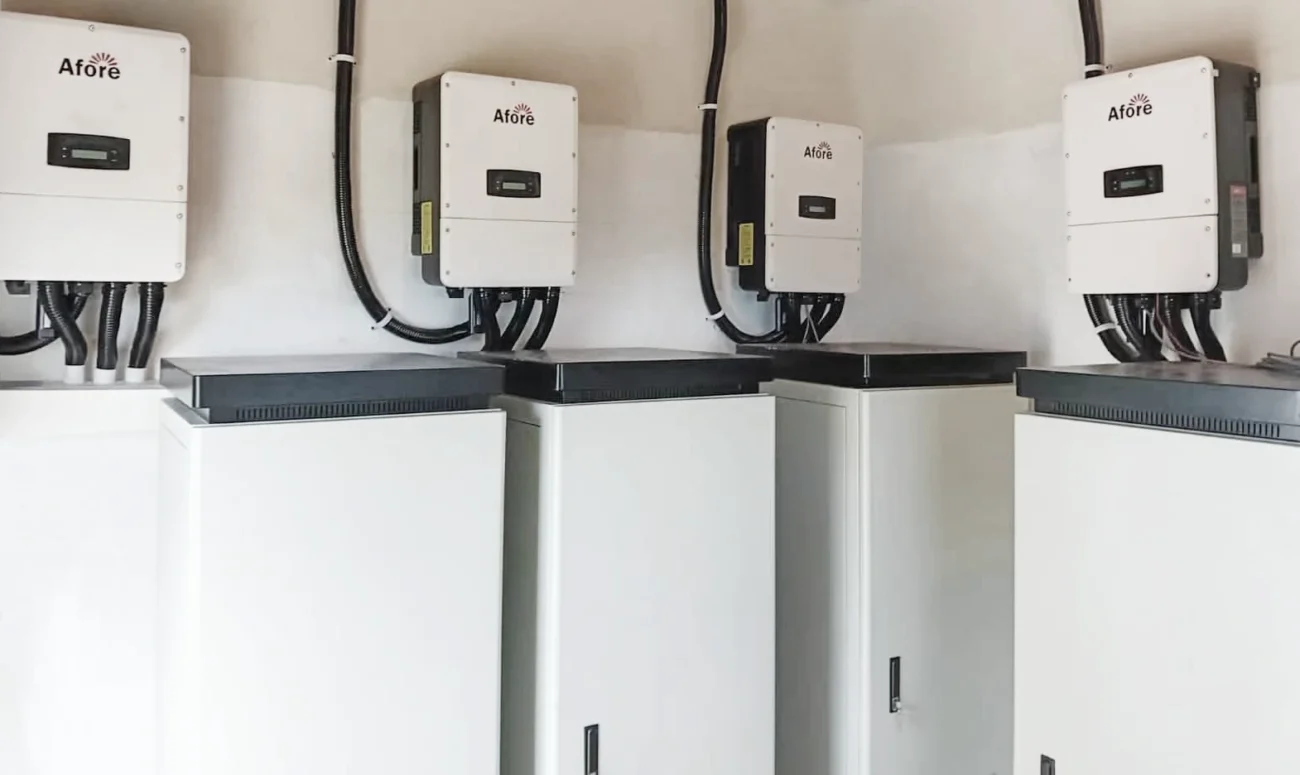
Conclusione
A DIY battery backup system is a truly rewarding project that can significantly enhance your home’s energy resilience and savings. By meticulously planning each step, sourcing high-quality components, and adhering strictly to safety protocols, you are able to craft a customized and highly efficient system that is tailored, to your unique needs and preferences; it will not only provide peace of mind during power outages, but also contribute, to reducing your energy bills and reliance on traditional grid power.
Moreover, as technology continues to advance, the capabilities and efficiency of DIY battery backup systems will undoubtedly improve. Innovations in battery technology, smart home integration, and government incentives will further enhance the benefits of these systems. The availability of new, more energy-dense batteries and advanced inverters will improve the overall performance and reliability of your setup; in addition, the integration of smart home technologies allow for better monitoring and control, of your energy usage, further increasing efficiency.
Governments are now understanding the significance of energy and energy reliability, and are providing incentives and discounts to promote the use of sistema di backup a batteria per la casas that can help cover the installation and equipment costs to make DIY projects more feasible and budget friendly.
Ultimately a DIY battery backup setup is an investment that will reap rewards as technology advances and incentives increase in availability; by undertaking this endeavor, you’re not just moving towards energy autonomy, but also playing a role, in fostering a greener and more sustainable.
FAQ
What is a home battery backup system?
A sistema di backup a batteria per la casa stores electricity for use when the power goes out. It has parts like batteries, inverters, and charge controllers. These help use the stored energy well.
Why should we consider a DIY home battery backup system?
Creating your DIY setup can help you save some cash and tailor it to suit your specific requirements; in addition, it's an excellent opportunity to delve into the realm of home energy management.
What components are needed for a DIY Home Batteria Backup System?
To set up your system independently at home or work on a small scale project yourself, make sure you have batteries in place along with inverters and charge controllers. All essential components, for ensuring smooth and effective functioning.
How do we build a DIY home battery backup system?
To build a DIY system, first figure out your power needs. Then, pick the right batteries and design the wiring. Install the inverter and charge controller last. AFORE offers quality parts for DIY projects.
What are popular DIY Casa battery backup configurations?
Common configurations consist of powered setups and hybrid options with additional choices like whole-house backups or partial backups along with portable and stationary systems.





